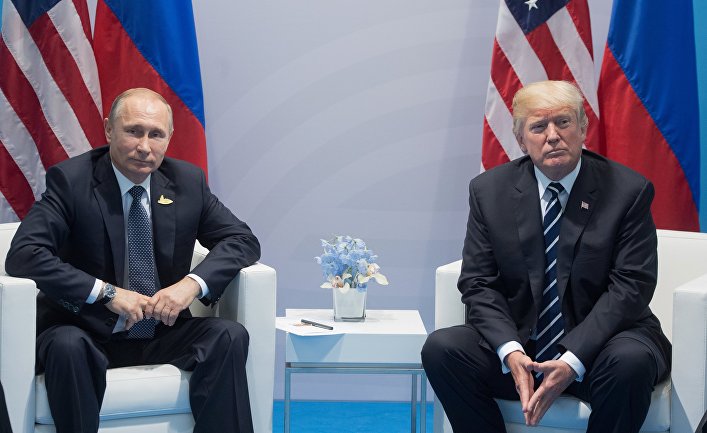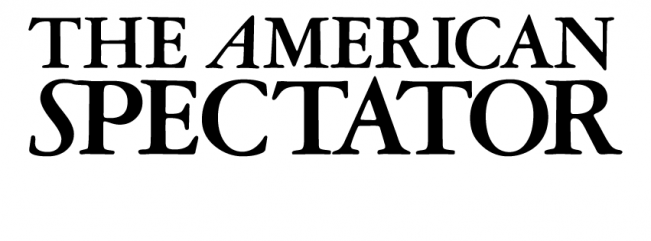James W. Carden
James Carden is a contributing editor to The American Conservative magazine and is a frequent contributor to The National Interest and Russia Direct. Formerly an Advisor to the US Department of State, he resides in Washington, DC.
Despite favorable – even fawning – propaganda in Western media, the U.S./E.U.-backed regime in Ukraine tramples on traditional liberal values of tolerance and pluralism, notes James W Carden.
The overnight train from Kiev to Slavyansk gives a passenger, if nothing else, ample time to read and think. On a return trip to war-torn eastern Ukraine in March, I took the opportunity the 13-hour journey afforded to re-read Judith Shklar’s seminal essay, The Liberalism of Fear.
Written in 1989, at the time of what in retrospect looks like an era of unhinged, to say nothing of embarrassing, American triumphalism, Shklar, unlike many of her contemporaries in the academy (particularly Francis Fukuyama who published The End of History? in theNational Interest that year), took a sober accounting of her time. Shklar warned, quite presciently, as it turns out, that "anyone who thinks that fascism in one guise or another is dead and gone ought to think again.”
The Liberalism of Fear essentially seeks to answer the question: What is the baseline requirement for a good society? What is the absolute precursor it must achieve without which it would be impossible to achieve democratic norms, pluralism, cultural freedom, and a market economy (be it democratic-capitalist or democratic-socialist) to develop?
In a biographical essay on Shklar, written after her untimely death in 1992, the philosopher Seyla Benhabib wrote that for Shklar, cruelty "was the chief vice, thesummum malum, that liberalism must avoid.” In singling out the corrosive effect cruelty has on society Shklar was, according to Benhabib, "calling attention to the accompanying sentiments of fear, degradation, and humiliation that would ultimately make a liberal polity impossible.”
Shklar’s liberalism of fear has no positive program, it is essentially negative; as she herself notes, her liberalism resembles "Isiah Berlin’s ‘negative liberty’” though "it is not exactly the same.” What the liberalism of fear is also not, as she makes clear, is utopian. Then what is it?
According to Shklar, the liberalism of fear is a liberalism that is grounded "in the conviction of the earliest defenders of toleration, born in horror, that cruelty is an absolute evil an offense against God or humanity. "
The liberalism of fear is resolutely anti-fascist: It must, according to Shklar, reject political doctrines which "do not recognize any difference between the spheres of the personal and the public … it requires [that] every public policy be considered with this separation in mind and must be consciously defended,” she continues by noting that, "the limits of coercion begin, though they do not end – with a prohibition upon invading the private realm.”
The reason for Shklar’s emphasis on the dangers posed by the erasure between the public and private surely has something to do with her biography. As she recounted in the 1989 Charles Homer Haskins lecture, she was born in Riga, Latvia, in 1928 during the inter-war years but had to flee with her family when the war came:
"[J]ust before the Russians arrived, my uncle put us on a plane to Sweden, where we remained far too long, until well after the German invasion of Norway. By then there was only one route out of Europe, the Trans-Siberian railroad, which slowly took us to Japan. It was not an easy trip, but miraculously we escaped.”
Shklar, according to Benhabib, "carried into her political thought the indelible marks of disbelief in the face of a world gone insane.” Hence her desire to help build liberalism a sturdy enough intellectual edifice which would not succumb to the barbarity that racked Europe between 1914 and 1945. Are we in danger of a repeat performance today? I wonder.
Shklar also tackles the tricky topic of political spirituality. We are told, in the U.S. anyway, that the EuroMaidan in Ukraine was a "Revolution of Dignity” and that the sacrifices of the "Heavenly Hundred” who died on the Square should not be in vain. The implicit instruction is for the West to gloss over and ignore the violent nature of the revolution, which saw a democratically elected president flee in the face of violence.
It is reasonable to infer that Shklar would have taken a dim view of all this claptrap. "The consequences of political spirituality,” she wrote, "are far less elevating than it might seem. Politically it has usual served as an excuse for orgies of destruction.”
Nazi symbols on helmets worn by members of Ukraine’s Azov battalion. (As filmed by a Norwegian film crew and shown on German TV)
How do we apply Shklar’s criteria to the situation in Ukraine as it obtains today? In Shklar’s vision of liberalism, there are absolute minimums which societies need to meet. From what I saw, Kiev is not meeting them.
The Ukraine crisis poses some very tough questions on the nature of statehood and nationality within the modern European nation-state. As the British political scientist Richard Sakwa has noted, the outcome of the crisis will likely determine which of two paths Ukraine will chose: will it go the route of a monist, in many ways, exclusionary society where Ukrainian is the sole official or even acceptable language or will Ukraine choose the model that Western countries aspire to, that of a pluralistic society in which there is toleration for differences in language, religion, culture and even historical narratives?
I can tell you the path on which it is currently embarked. Kiev’s decommunization policy seems, at first glance, somewhat reasonable, especially to Western ears, which too easily associates communism with the monstrous criminality of the early Bolsheviks, of Stalin, of Pol Pot.
However, in its rush to purge itself of its communist past – in renaming street signs, toppling statues of Lenin, and banning the current iteration of the communist party – the government in Kiev is driving dissent underground, shaming and alienating millions of Russian speakers in the Donbas, and driving a stake through the heart of pluralism.
Shklar warned against such campaigns, warning that any "theory that gives public authorities the unconditional right to impose beliefs and even a vocabulary as they may see fit upon the citizenry can be described as even remotely liberal.”
In the eastern Ukrainian city of Severodonetsk locals are afraid to express even a modicum of sympathy with the Soviet past lest they draw the unwanted attention of the SBU (Security Service of Ukraine), so dissent manifests itself here and there – usually at night – in what one local described as a "graffiti war” in which painted slogans of the Azov battalion and other Ukrainian armed forces groups are defaced with red paint.
The push to decommunization might reasonably be said to encourage hooliganism. In Kiev in late March, a group of young thugs physically attacked elderly pensioners who were marching with Soviet flags. The concerted effort to erase the Soviet past isn’t the only attack on pluralism. A gay rights parade was brutally attacked in Lviv in late March.
The question which then arises is this: why are these incidents met with complete silence or, at best, utter indifference by the European Union and the rest of the international community?




_jpg/250px-ElbeDay1945_(NARA_ww2-121).jpg)







